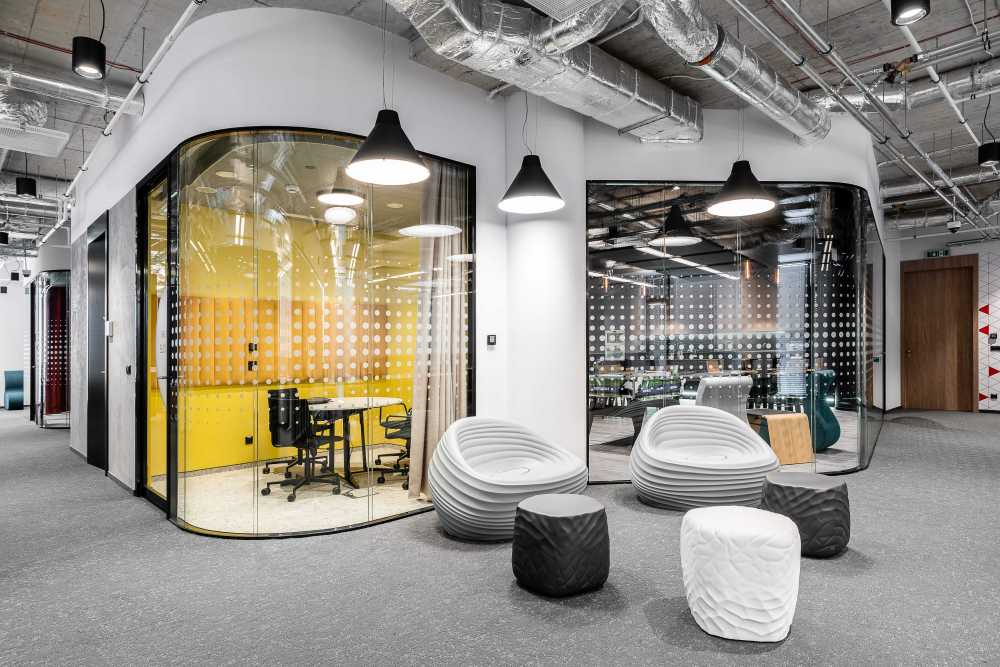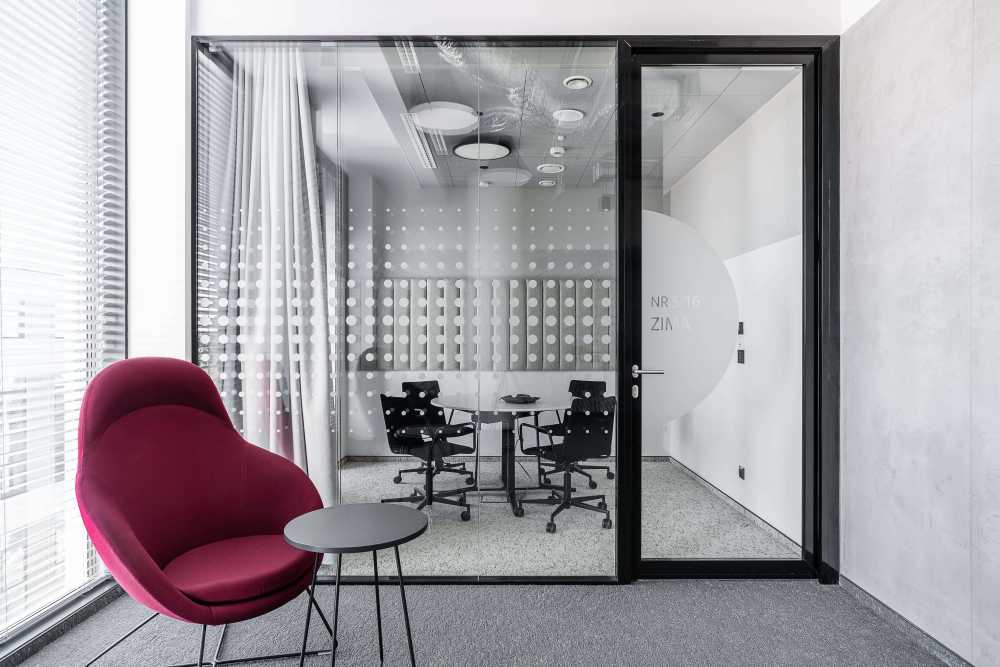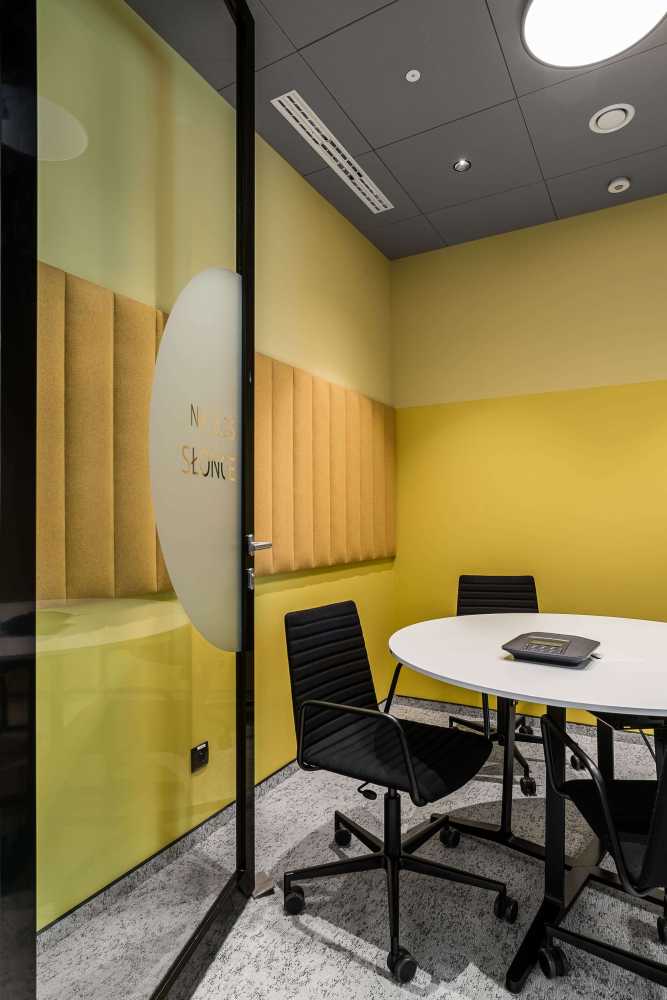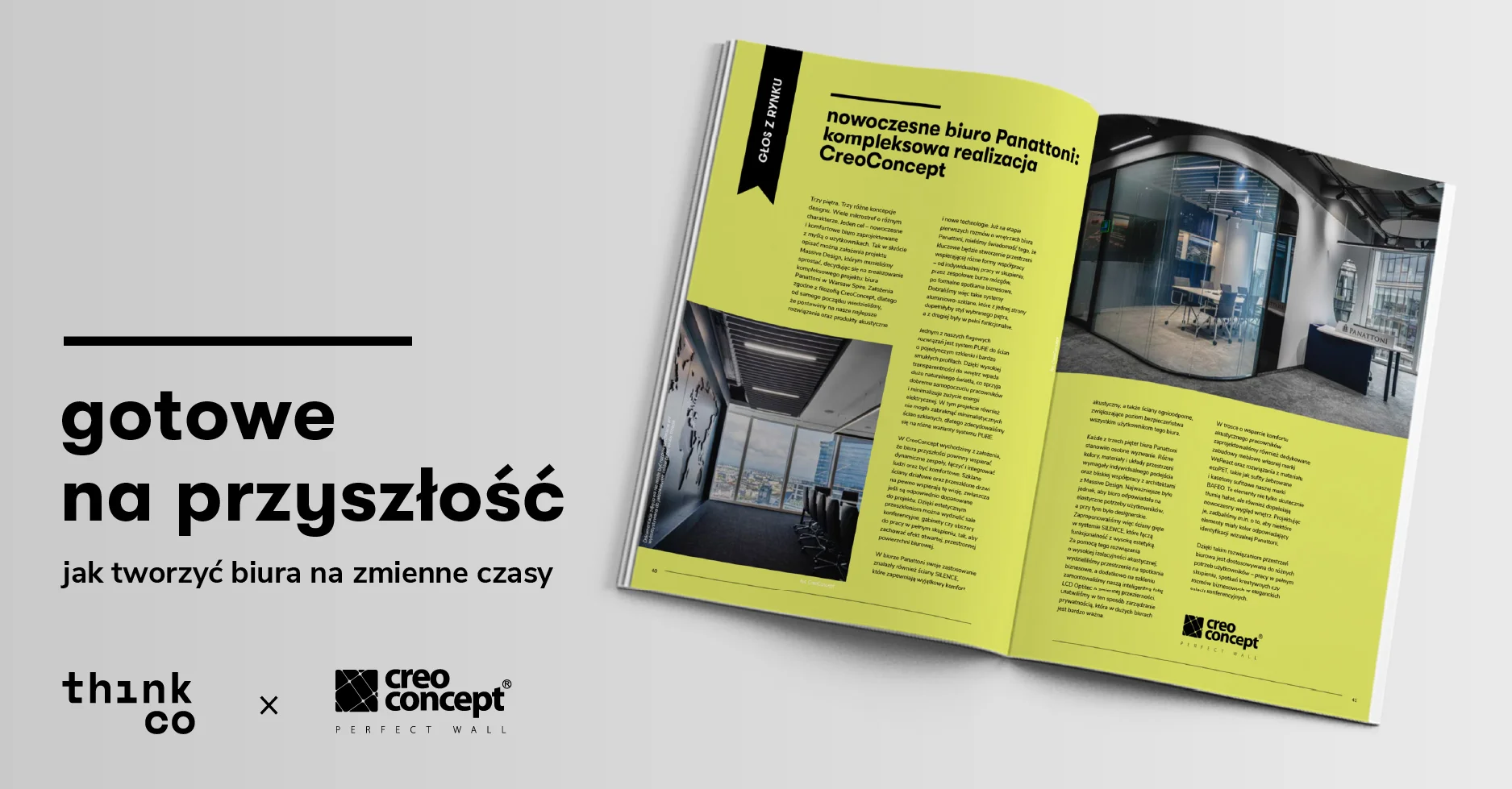A matter of colour

“Colourless is only what light can penetrate completely. A colour has its origin in the purely physical world. It originates in light rays being reflected from or penetrating a substance. The things we see get their colour and appearance from rays of light.” Verner Panton
Colours are an integral part of our world, both in the natural environment and in the man-made environment.
“Over the past decades, observations and scientific research have shown that the relationship between a person and the space in which they function is determined by the sensory perception of colour. Our perception of colours is absolutely essential, it affects an individual both mentally and physiologically. This aspect is confirmed by various disciplines of psychology, architectural psychology, colour psychology, psychosomatics and visual ergonomics. Frank H. Mahnke, consultant and colour designer, says that “The environment and its colours are perceived, and the brain processes and judges what it perceives on an objective and subjective basis. Psychological influence, communication, information and effects on the psyche are aspects of our perceptual judgment processes. Hence the goal of colour design in an architectural space are not relegated to decoration.”

The end of grayness
“Attempts were made to find a cure for grayness. It was thought that if it was painted over, it would be better. It was not so. The worst poisons are said to be created during the development of medicines.” Filip Springer
In recent years, we have noticed an increasing interest in colour. This element is introduced into industrial, minimalist spaces. This is due to the need to interact with colour and the strong, mostly positive effect it has on our body. Thus, industrial interiors become the perfect base for creating offices with a stronger colours. Monotony sends weak environmental signals and over-stimulates confusing signals. People subjected to insufficient environmental stimulation show signs of uneasiness, irritability, emotional overreaction, difficulty concentrating and perceptual disturbances.
Good design should primarily focus on people and purpose. Thus, with office space users in mind, bolder designs, with more intense colours affecting perception, began to emerge.
The goal that designers set for themselves is to break up the gray. This is done to make the interior more comfortable. Thus, it considerably improves the functioning of employees in offices. A colourful space stimulates and significantly improves work efficiency.
The introduction of colour into an interior does not have to take place only by painting walls. Interior design elements and accessories are also responsible for breaking the monotony in an office. Colourful furniture, upholstery or ceramics are all meant to breathe life into an originally gray and minimalist office space.


Deliberate choice of colours
“Choosing Colours should not be a gamble. It should be a conscious decision. Colours have meaning and function,” says Verner Panton. In his book “Notes on Color,” the Danish designer collects his ideas and thoughts on colours. Therefore, the colour scheme used in office spaces is not a matter of chance, nor can it be subordinated to the subjective tastes of managers. The office atmosphere can provide inspiration and improve the quality of work, thus promoting productivity and creativity. A balanced colour scheme means that the user experiences neither monotony nor sensory overload. It is important to realize that colours are not merely a decorative element in interiors.
An important element is the right balance between intense colours that distract our minds and bland shades that put us in a state of fatigue.
To a large extent, the choice of colours in an office space is influenced by the brand’s visual identity. It is a starting point when designing spaces that are consistent with the company’s idea. Thus, the office should reflect the totality of its values.

Mono-coloured interiors
Colours have a strong effect on our minds, they stimulate the nervous system, which is why the colour scheme used in an office should be properly matched to the nature of the room and its function, among other things. As has been mentioned before, the choice of colours cannot be a matter of chance. The use of a given colour in an interior is a deliberate and thought-out act. Every space is, in a way, divided according to the functionality of its individual parts. Thus, it is necessary to match the right colour to each part. Mono-coloured spaces are guaranteed to be consistent. An impressive yet subtle effect can be achieved by using two or three shades that are complementary to each other instead of a single colour. This can guarantee the consistency of all interiors and colour balance. In such interiors, depending on their purpose, it is much easier to focus, stimulate creativity or relax. A well-designed office in terms of the use of colour significantly affects the functioning of employees. Imagine a situation in which we spend most of our day in a white, neutral-coloured interior. After a prolonged period of time, the body begins to negatively perceive this monotony. The introduction of colour into one room does not necessarily guarantee an improvement in that functionality. When the colour is properly selected for different parts of the office, employees moving around the office will absorb different colours in a balanced way.
The impression of colours and the message they convey are of great importance in creating a psychological mood or atmosphere that supports the function of the space. A conference room has a different function than offices, so the colour scheme must be chosen with these functions in mind. “Colours are a visualisation of feelings,” says psychologist and philosopher Max Lüscher. Thus, it is necessary to skilfully map the feelings to be evoked in an individual, who then encounters a particular colour in a separate space.
Colour in good light
A colour has its origin in purely physical light. It is created by light rays as they reflect from or penetrate a substance. The colour that we see looks like this only because of light rays. The eye’s adaptation process involves the eye’s immediate response to changes in the degree of illumination.

Glass emphasises colours
Imagine a large-format open-plan office where, without any order, we see multi-coloured planes and interior design elements. Most likely, it will have a negative effect on any office user. A way to avoid chaos in terms of colours is to use glass partitions in the interior. Glass provides ample opportunity to divide a given space in unconventional ways. Bent glass, for example, can be a perfect solution for industrial, minimalist, open spaces. The rounded and dynamic lines of such walls break the neutrality of the room giving it character. The high aesthetics of offices is of great importance but only in combination with the highest technological innovations does it ensure the comfort of working in them.
“Biophilic design explores how the use of elements of nature and its processes influences the design of marketed products – the kind we use every day, at work and at home,” – Says Olivier Heath, founder of Heath Design Ltd.



Thoughtful colour variety stimulates our brain to work efficiently. Interesting effects can also be achieved when using stained glass. Refracting on the stained glass surfaces, the light will introduce a unique visual atmosphere. At the same time, it is a less conventional solution than the introduction of colours into interiors on the walls.
Another solution that will add elegance to an interior is tinted glass. At CreoConcept, we know that such a solution will work great when you want privacy. In most offices, especially in executives’ rooms, tinted glass is installed to allow executives to see what is going on outside their office while preventing anyone else from seeing what is happening inside. Thus, it is a guarantee of privacy combined with superior aesthetics.
Another solution that will work wonders is PDLC glass and film, also known as LCD. They use a liquid crystal layer that changes optical properties when a voltage is applied. With the flip of a switch, it turns standard or coloured clear glass into frosted glass. Such a frosted surface can also be used as a screen for multimedia projections. PDLC glass has many applications, but the primary use is for privacy and security. At the same time, this type of solution corresponds well with multi-coloured interior elements. In addition, frosted glass gives the perfect balance, exposing coloured surfaces.
Colour results from space design. It is the element that gives shape and character to the entire interior, strongly affecting the viewer. At CreoConcept, we are aware of the importance of a good impression, the right colour that evokes only good emotions.
Think Creo









